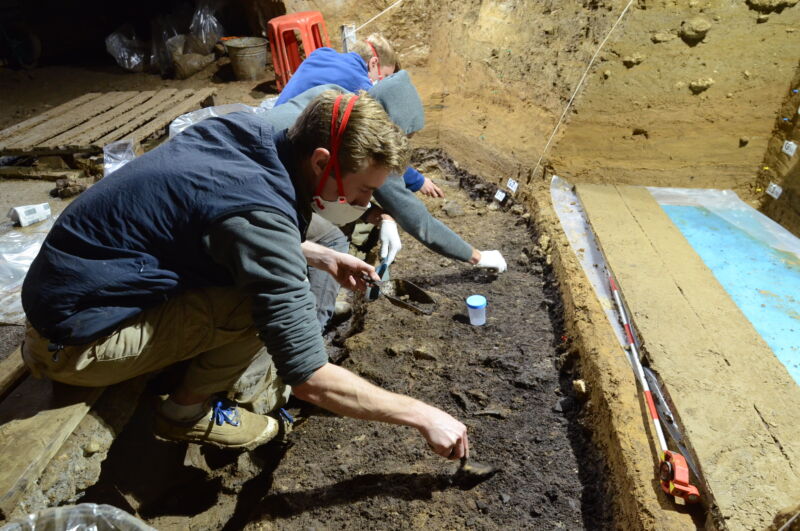These are the oldest Homo sapiens fossils ever found in Europe

A 46,000-year-old tooth and a handful of bone fragments are the oldest direct evidence of our species' presence in Europe, a recent study reports. They lived and died during an important period of transition, when our species and Neanderthals were meeting and interacting-a period we don't currently know much about. The dates shed a little light on at least a piece of that eventful time.
Us and themThe last trace of Neanderthals in Europe dates to around 40,000 years ago. Anything very much older than that is almost certainly a piece of Neanderthal culture and made by Neanderthal hands. Anything very much younger than that must have been the work of our own species, long after the last Neanderthals had died out. But for a few thousand years, Homo sapiens and Neanderthals shared a continent.
We're not sure exactly how long our two species coexisted, and that's why Bacho Kiro Cave matters so much. At sites without any hominin fossils, archaeologists have to rely on the age of the artifacts if they want to draw conclusions about which species made them. But at Bacho Kiro, archaeologists found fragments of radiocarbon-dateable human bone mixed with stone tools and other artifacts. It's the Paleolithic version of a smoking gun.
Read 19 remaining paragraphs | Comments